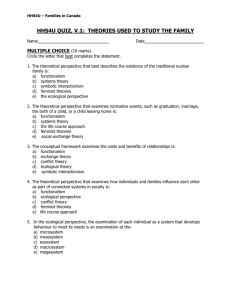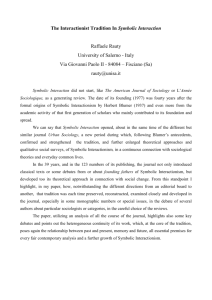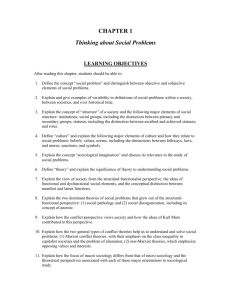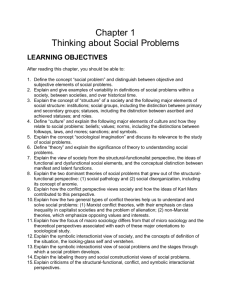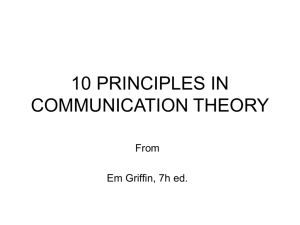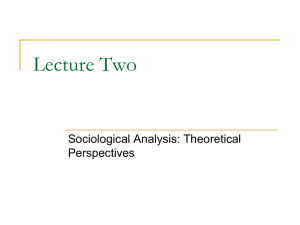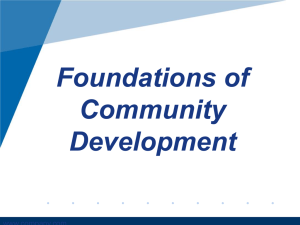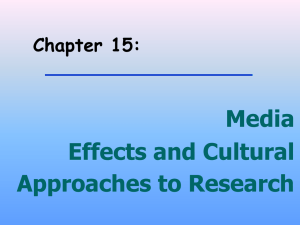midterm study guide
advertisement
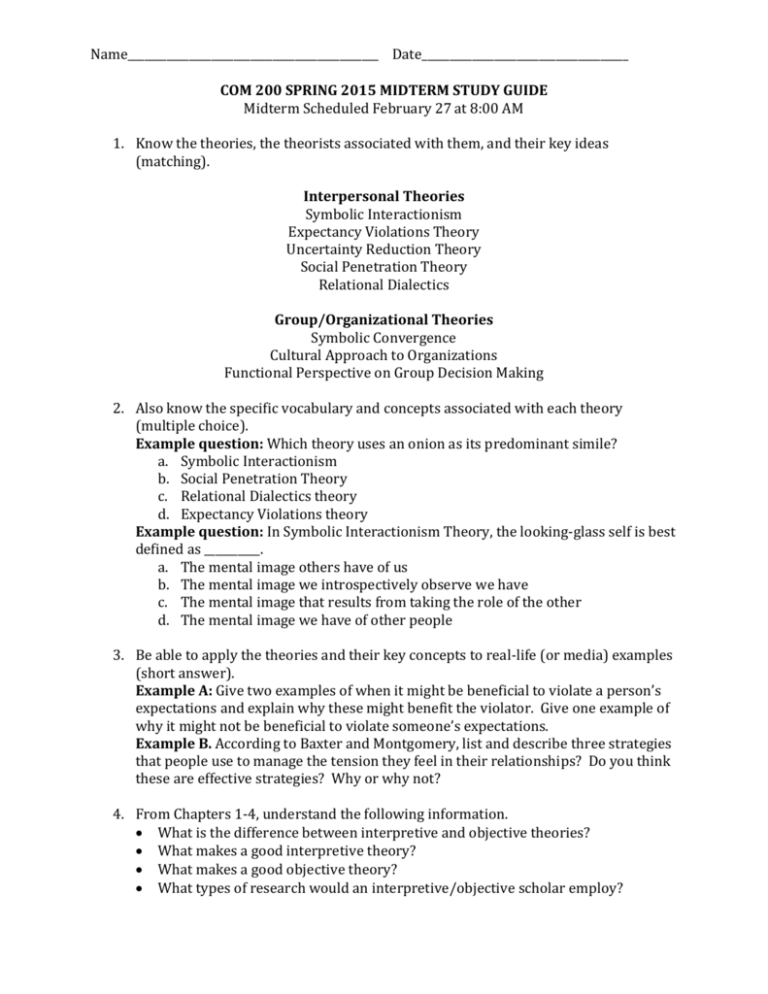
Name_____________________________________________ Date_____________________________________ COM 200 SPRING 2015 MIDTERM STUDY GUIDE Midterm Scheduled February 27 at 8:00 AM 1. Know the theories, the theorists associated with them, and their key ideas (matching). Interpersonal Theories Symbolic Interactionism Expectancy Violations Theory Uncertainty Reduction Theory Social Penetration Theory Relational Dialectics Group/Organizational Theories Symbolic Convergence Cultural Approach to Organizations Functional Perspective on Group Decision Making 2. Also know the specific vocabulary and concepts associated with each theory (multiple choice). Example question: Which theory uses an onion as its predominant simile? a. Symbolic Interactionism b. Social Penetration Theory c. Relational Dialectics theory d. Expectancy Violations theory Example question: In Symbolic Interactionism Theory, the looking-glass self is best defined as __________. a. The mental image others have of us b. The mental image we introspectively observe we have c. The mental image that results from taking the role of the other d. The mental image we have of other people 3. Be able to apply the theories and their key concepts to real-life (or media) examples (short answer). Example A: Give two examples of when it might be beneficial to violate a person’s expectations and explain why these might benefit the violator. Give one example of why it might not be beneficial to violate someone’s expectations. Example B. According to Baxter and Montgomery, list and describe three strategies that people use to manage the tension they feel in their relationships? Do you think these are effective strategies? Why or why not? 4. From Chapters 1-4, understand the following information. What is the difference between interpretive and objective theories? What makes a good interpretive theory? What makes a good objective theory? What types of research would an interpretive/objective scholar employ? Name_____________________________________________ Date_____________________________________ 5. Be able to define (in your own words as well as from Griffin’s definitions) communication, interpersonal communication, and group/organizational communication. Study Resources: Class lectures posted online: http://navarrocomtheory.weebly.com/powerpointsand-notes.html Chapter outlines and quizzes available: http://www.afirstlook.com/edition_9/theory_resources/by_theory


